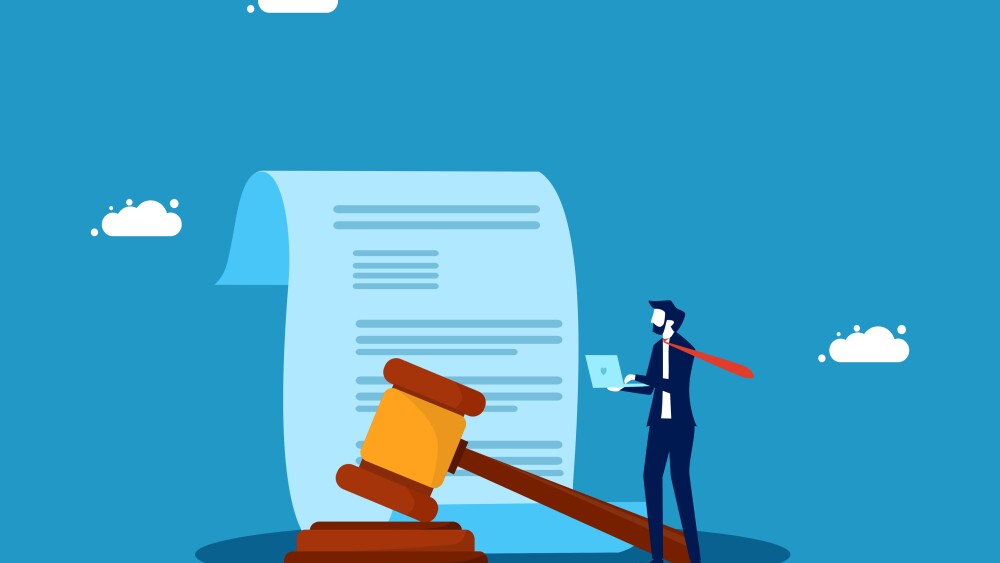Of the 40+ hours you spend at your desk or in your office each week, how many are actually spent being productive?
You’ve probably heard the statistic that you spend more time at work than anywhere else. And that’s probably true, especially these days. But of those 40+ hours you spend at your desk or in your office, how many are actually spent being productive?
Tough question, I know. I’d bet that a solid 25% is spent switching between tasks, planning your day or taking a much-needed breather for a coffee break. However, there are some tried and true tactics that can help you plan your week so you spend less time wasting time and more time working. Just think: you could catch an earlier train or beat rush hour traffic this Friday, knowing you accomplished everything you needed to.
Write It Down
The age-old “to-do” list is a classic for a reason. But instead of writing a to-do list only when you feel overwhelmed and are afraid of forgetting something, try making one every night before you leave the office or log off for the day.
Put the most important items at the very top of your list. These are the things you need to tackle as soon as you start work the next day. Then add other things you’d like to accomplish further down the list. At the end of every day, rollover what you didn’t finish into tomorrow’s list. If you’re lucky, this will help you stay organized and plan for what’s coming so you’ll find yourself rolling things over less and less.
Once you get in the habit of doing this daily, start thinking about it on the weekly level. On Friday afternoon make a habit of listing out projects and tasks that you need to tackle next week. Go so far as to write down the big items and then the subsequent items you need to do in order to finish the big item. Then as you complete the smaller steps you can cross those things off. Mentally, it can help to track your progress towards a big goal.
So, you will have one weekly to-do list that funnels into your daily to-do list. It sounds like a lot of lists, but when you get into the ritual of doing it every evening it will become second nature and eliminate the “what do I need to do today?” question in the morning.
Time Block
Once you have a solid handle on your to-do list and what you need to accomplish on a weekly basis, start blocking time on your calendar for those specific tasks. You could start as simple as blocking one hour in the morning and one hour in the afternoon to answer emails.
Then think about other recurring tasks that you do weekly (or monthly). Add those onto your calendar so you not only have a visual reminder, but it’s scheduled into your day so no one can add a meeting over it.
When your repeat tasks are added into your calendar, add blocks for next week’s VIP tasks. Estimate how long it will take you to get to a good stopping point (or to complete it) each day until the deadline and schedule it in. Bonus points for adding notes for the smaller tasks you need into each time block.
And most importantly, build in breaks for yourself. It’s so easy to look up and realize it’s 2 p.m. and you haven’t even finished your now-cold cup of coffee. Put a happy hour with a co-worker or mentor on your calendar and block at least 30 minutes for lunch daily. Your sanity, and productivity, need it.
Eliminate Distractions
If you work in an open office, this is a hard one. People walking by, stopping to chat, talking on phones and just general activity can make it hard to put blinders on and get work done. But there are likely quieter areas of the office or conference rooms dedicated to getting work done, so plan to complete the tasks that need extra focus there. It may even help you get into a productive headspace when you consistently do that one thing in that certain spot.
When you’re a manager this proves even harder as you need to be available to answer questions. Try to eliminate people popping by, except in the case of urgent matters, and in addition to weekly meetings with your direct reports, hold office hours so anyone can pop by to chat or get a question answered.
And finally, stop answering your emails as they come in. Seeing the number rise out of the corner of your eye can be overwhelming and anxiety-inducing, but constantly taking yourself out of the task at hand removes your focus. Then you’re spending time trying to get refocused and remembering where you left off. Gmail has an app you can install called Boomerang that lets you pause your inbox, so you won’t see how many unread messages you have until you manually restart it. But if your company uses another service, try turning off notifications or having a separate browser window for your email — and resist the urge to check it every 5 minutes.
Next time you find yourself feeling overwhelmed and scattered trying to get your work done, take a deep breath and employ one (or all!) of these tips. Your mental health is worth it.





